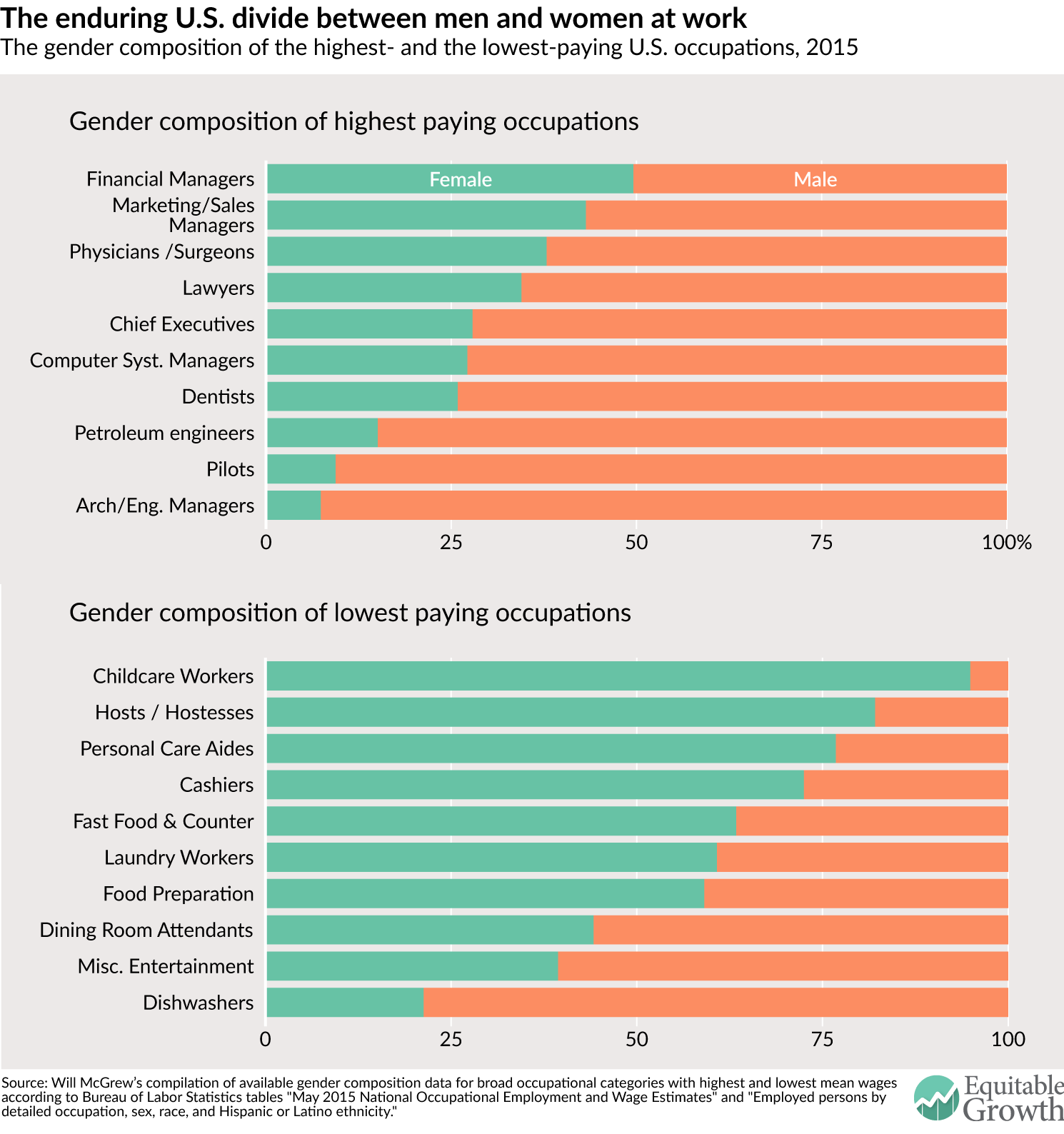- Robert Waldmann: Marking My Beliefs To Market: UK Violent Crime: “The lead causes crime hypothesis…
- Wing Thye Woo: China’s Growth Odyssey: “Former World Bank Chief Economist Justin Yifu Lin is sanguine…
- Colin Camerer: On “Rational Expectations” and John Muth: “Rational expectations pioneer John Muth in 1984…
- Nick Timiraos: Trump Team’s Growth Forecasts Far Rosier Than Those of CBO, Private Economists: “While there are often disparities between the White House and independent agencies on growth projections, they are rarely this large…
- Caitlin Macneal: Perry Didn’t Fully Understand Role Of Energy Secretary At First: “Former Texas Gov. Rick Perry did not realize exactly what the position of energy secretary entails…
- Robert Waldmann: Buchanan, Smith, and Krugman: “There is no reason why macroeconomists can’t work on empirical microeconomics while also using old Keynesian models for forecasting and policy advice…
- James Kwak: Health Care and John D. Rockefeller’s Dog: “Few people actually want to live in a world where health care is distributed by a free market…
- Kevin Drum: Charts of the Day: If Only Every State Could Be As “Out of Control” As California: “I feel like someone ought to defend the honor of California against our president, so why not me? Here you go…
- Ruy Teixeira: The Optimistic Leftist: “A new utopian vision for the left’s emerging coalition will… include…
Interesting Reads:
- Noah Smith: Why Go After Milton Friedman?: “Why not leave Friedman alone and just talk about his ideas?…
- Carl Bildt: Restoring Faith in Globalization
- Tyler Cowen: Industrial Revolution Comparisons Aren’t Comforting
- Herbert Simon (1978): Rationality as Process and as Product of Thought
- Sidney Blumenthal (2017): Wrestling With His Angel: The Political Life of Abraham Lincoln Vol. II, 1849-1856 (New York: Simon & Schuster: 1501153781) <http://amzn.to/2lhJUlq>
- ** Emotional Labor
- David Sirota: Republicans Boost Wall Street Donors, Help Finance Industry Stop States From Offering Retirement Assistance To Workers
- Sidney Blumenthal: [A Short History of the Trump Family][]
- For the Weekend…: Hindenburg Explosion
- Live from the Mass Media: Bloomberg: DeLong Says Trump’s Tax Cuts Will Raise Demand for U.S. Dollars: “Berkeley professor Brad DeLong says Donald Trump’s big tax cuts will raise demand for U.S. dollars worldwide…
- Reading: E. M. Halliday (2001): Understanding Thomas Jefferson
- Live from the Orange-Haired Baboon Cage: Josh Marshall: About ‘The Press Conference’: “This is that rare time when I think the cliched phrase is appropriate: That press conference speaks for itself…

